
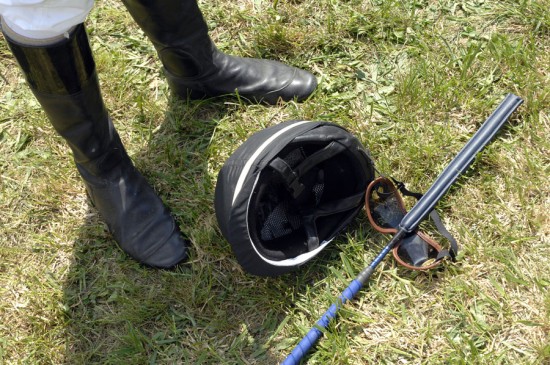
There are many reasons why a horse does not go well and anyone who has ridden or who owns their own horse will know how frustrating this can be. Often, people resort to using the crop in order to deal with issues of not moving forwards or refusing at jumps etc. Despite popular belief this is not the best way to deal with a horse that is already under some kind of stress, be it emotional or physical. In order to get the best from your horse and to develop a strong and positive relationship we need to understand more of what makes the horse tick. But this is not all. We need to understand more about ourselves too.
The horse is a prey animal. And as such this has a big impact upon the way they behave in conjunction with us - this means we have to think smart in the way we handle them.
Prey animals are physically different to predators:
Humans are predators. Yes, already we are in juxtaposition... because...
The immediate implications of this, is that in any interaction we have with the horse by far the best is that of prey animal psychology. So, in nature, what motivates a horse to behave in the way that they do?
Horses are motivated by many things; safety, comfort, food and play. They are also strongly moved by the desire to reproduce. They are herd animals and as such are natural followers - sounding familiar? Horses will move away from discomfort to comfort. This can be anything from the discomfort of poor grass to the discomfort of bad weather or the discomfort of a bad relationship.
By taking the first points of safety, comfort, food and play seriously, it becomes clear that this then is the type of environment that we should strive to replicate for the horse. One in which the horse feels safe and comfortable, one where they have enough food and the right kind and also time for play. Horses are gregarious creatures and as such need the companionship of another horse to share the activities that make them able to connect with their own identity.
For a horse to follow they need to have a strong leader. It is entirely possible for you to be that leader. In order to do this though you must gain trust - the better you show your understanding of them the more they will trust and relate to you.
He will do much for you. If he doesn't...well you are on your own and sometimes quite literally too as he decides he's had enough and unseats you without thought for your well being or dignity!
For those wishing to build a good relationship it is important to understand the difference between yielding and submission.
Technically speaking a yield is related to four ounces of pressure or less... a well trained and happy horse will respond to the lightest of touches.
A Submission on the other hand is something altogether quite different. Kick your horse and he'll wonder what he's done, he'll think crumbs that hurts.... he'll think flight.
It is at this point that it gets complicated. Let us assume that you have just, as you think, asked your horse to do something, but he doesn't respond straight away. So you ask again and this time you kick a little harder. Now he becomes and understandably so after all we have just learned, unsettled by this. His confusion is palpable; he maybe throws his head up and starts to walk crab fashion across the arena or wherever you happen to be working with him. In order to regain some control you automatically harden the hands, which places more discomfort on the horse as the bit jabs at his naturally soft mouth. He acts up some more and so you hit him sharp two or three times with the crop. And now, whether you realise it or not you have a real issue on your hands.
Perhaps after a tussle you do get your horse to do as you wish, but the point is, he has no understanding of what has been asked and has submitted rather than yielded. This is horsemanship at its worst and not one that will ever lead you into any real kind of working relationship with your horse.
And the word whip is defined by the Chambers dictionary as: A lash with a handle that is used for punishing or driving.
It is virtually impossible to use it at anything less than four ounces of pressure. Therefore it confuses and frightens rather than enables... it is akin to you not understanding an instruction and so you get it yelled at you. It just does not help.
Good horsemanship takes time. Relationships take time. Learning to speak horse takes years... but horses being prey animals will understand and read a situation quicker than you think, their survival depends upon it.
And as a final thought I quote what many have said before me. It is not the horse that has the problem for they are just behaving like horses. No it is more the human that does not understand.
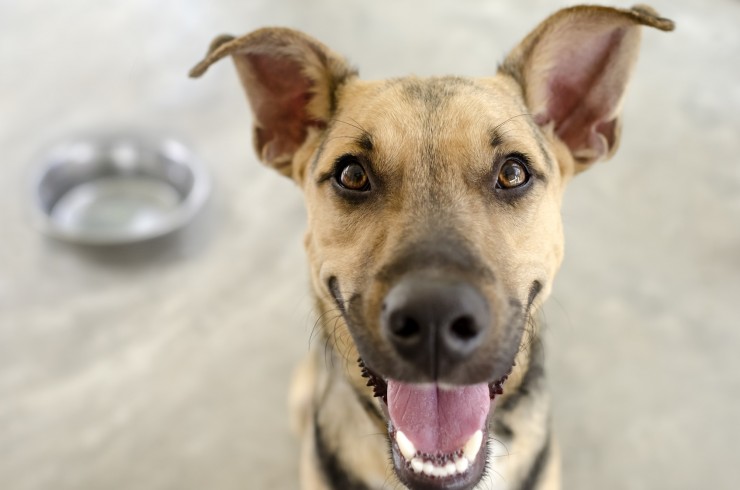 Treatment Options For A Dog With Cirrhosis
Treatment Options
Treatment Options For A Dog With Cirrhosis
Treatment Options
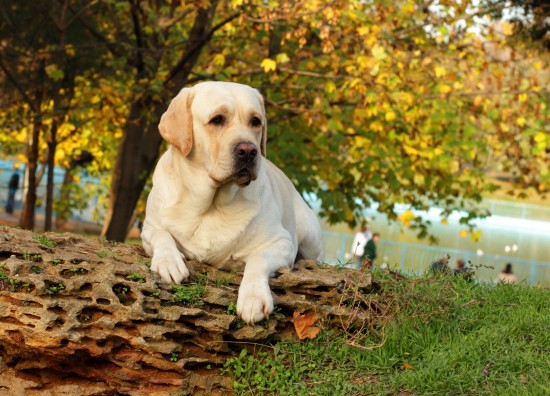 How To Manage Your Labrador Retriever’s Weight And Eating Habits
How To Manage You
How To Manage Your Labrador Retriever’s Weight And Eating Habits
How To Manage You
 Keep Your Dog Safe With a GPS Containment and Tracking System
Keep Your Dog Safe With a GPS Containment and Tracking Sys
Keep Your Dog Safe With a GPS Containment and Tracking System
Keep Your Dog Safe With a GPS Containment and Tracking Sys
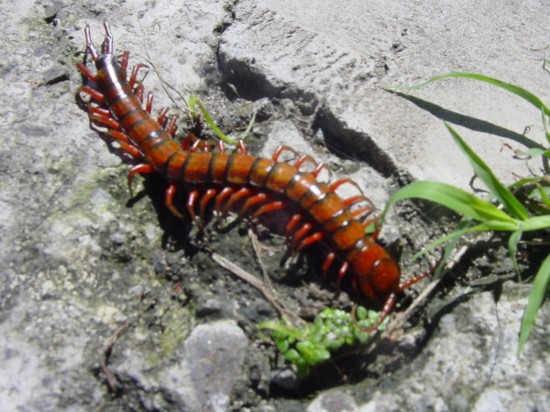 Caring For A Pet Centipede
Caring For A Pet
Caring For A Pet Centipede
Caring For A Pet
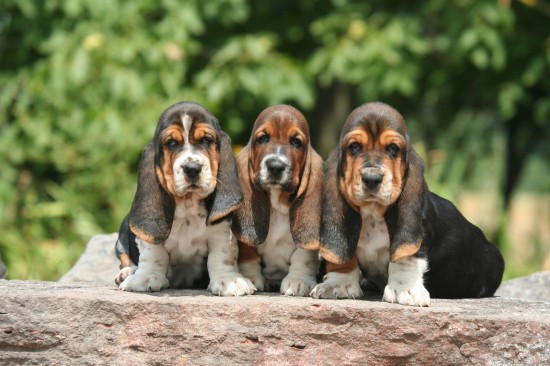 Some Important Information For Potential Buyers Of A Basset Hound
Some Important In
Some Important Information For Potential Buyers Of A Basset Hound
Some Important In
Copyright © 2005-2016 Pet Information All Rights Reserved
Contact us: www162date@outlook.com